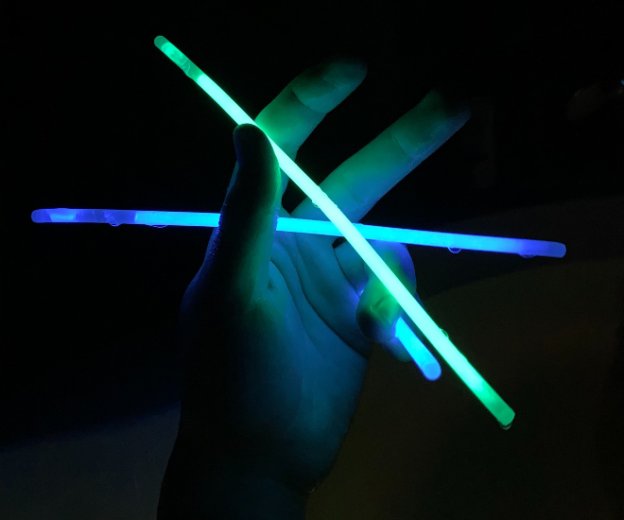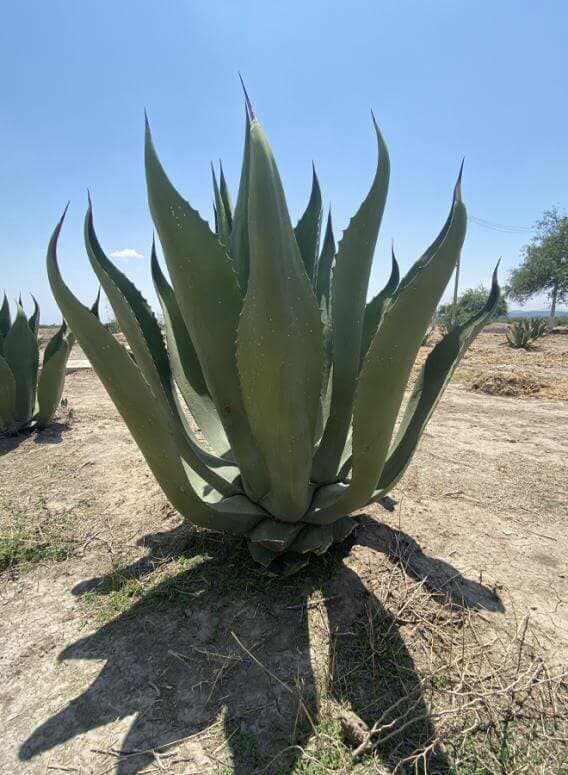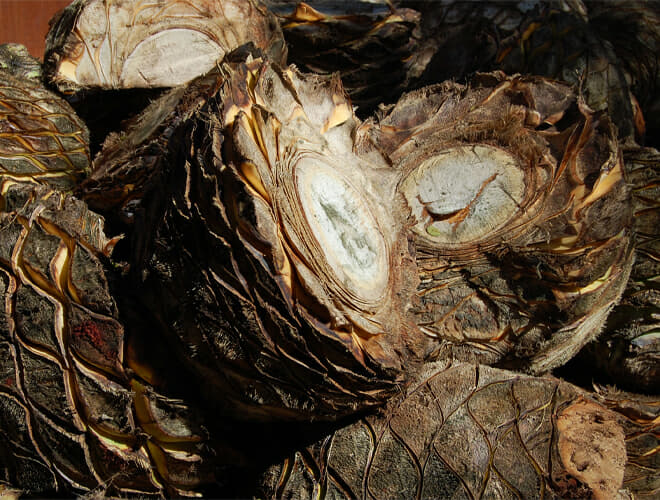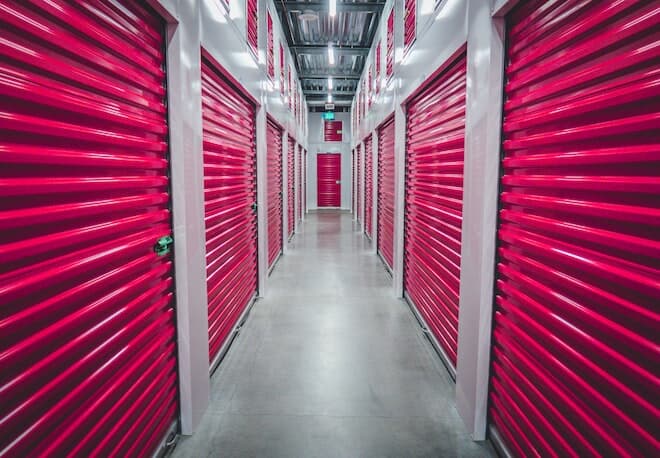
From concerts and parties to camping trips and emergency scenarios, glow sticks have developed into a mainstay at a variety of occasions and celebrations. The capacity to brighten the night and their vivid colors make these illuminating devices well-known. However, the fun and convenience of glow sticks frequently outweigh their negative effects on the environment. Here, we will examine eco-friendly substitutes and look into the environmental effects of foam glow sticks in this post.
The Glow Stick Lifecycle
It’s crucial to comprehend the lifecycle of foam glow sticks before looking at their environmental impact. To produce the light effect, these glow sticks normally have a plastic tube, chemicals, and foam within. Chemiluminescence is the process that causes the glow, and while the chemicals involved can vary, some typical ones are hydrogen peroxide and phenyl oxalate ester. Unfortunately, it is difficult to recycle glow sticks due to their composition.
The Environmental Concerns
Plastic Pollution
Plastic waste is one of the biggest environmental problems associated with foam glow sticks. The plastic tube winds up in landfills or as litter because it is frequently single-use. These tubes are frequently not biodegradable, which means they can linger in the environment for a very long period and add to the catastrophe of global plastic pollution.
Chemical Waste
While the chemicals used in glow sticks are generally non-toxic, the release of any substance into the environment is a concern. When glow sticks break or are improperly disposed of, there’s a potential for these chemicals to leach into the soil and water, which could harm wildlife and ecosystems.
Disposal Considerations
Given the environmental concerns associated with foam glow sticks, it’s crucial to dispose of them responsibly. Here are a few disposal tips to minimize their impact:
Recycle the Plastic
Some recycling facilities accept plastic tubes of glow sticks. Check with your local recycling program to see if they can be recycled in your area. While not all facilities accept them, recycling is a better option than sending them to the landfill.
Proper Disposal
If recycling isn’t an option, dispose of glow sticks in the trash. Avoid littering or leaving them behind at outdoor events, as they can harm wildlife and contribute to pollution.
Consider Reusable Alternatives
In the interest of sustainability, consider using reusable glow sticks made from materials like silicone or plastic that can be recharged. While the initial investment may be higher, it’s a more eco-friendly choice in the long run.
Eco-Friendly Alternatives
Fortunately, there are eco-friendly alternatives to traditional foam glow sticks that mitigate their environmental impact:
LED Glow Sticks
LED glow sticks are a popular eco-friendly choice. They use light-emitting diodes (LEDs) instead of chemicals to produce light. They are reusable, battery-powered, and can last for a long time.
Solar-Powered Glow Sticks
Some innovative products now combine solar-powered technology with glow stick aesthetics. They charge during the day and emit light at night, eliminating the need for disposable components.
Conclusion
While foam glow sticks can be used for safety and amusement in a variety of settings, their environmental impact must be taken into consideration. To lessen their effect, responsible disposal is crucial, but choosing environmentally friendly alternatives is preferable. We can lessen our ecological footprint while still enjoying the vivacious glow of light at our preferred events and activities by making sustainable choices and educating people about the environmental effects of foam glow sticks.
For more lifestyle reads, click here.



































